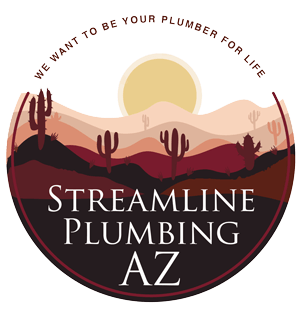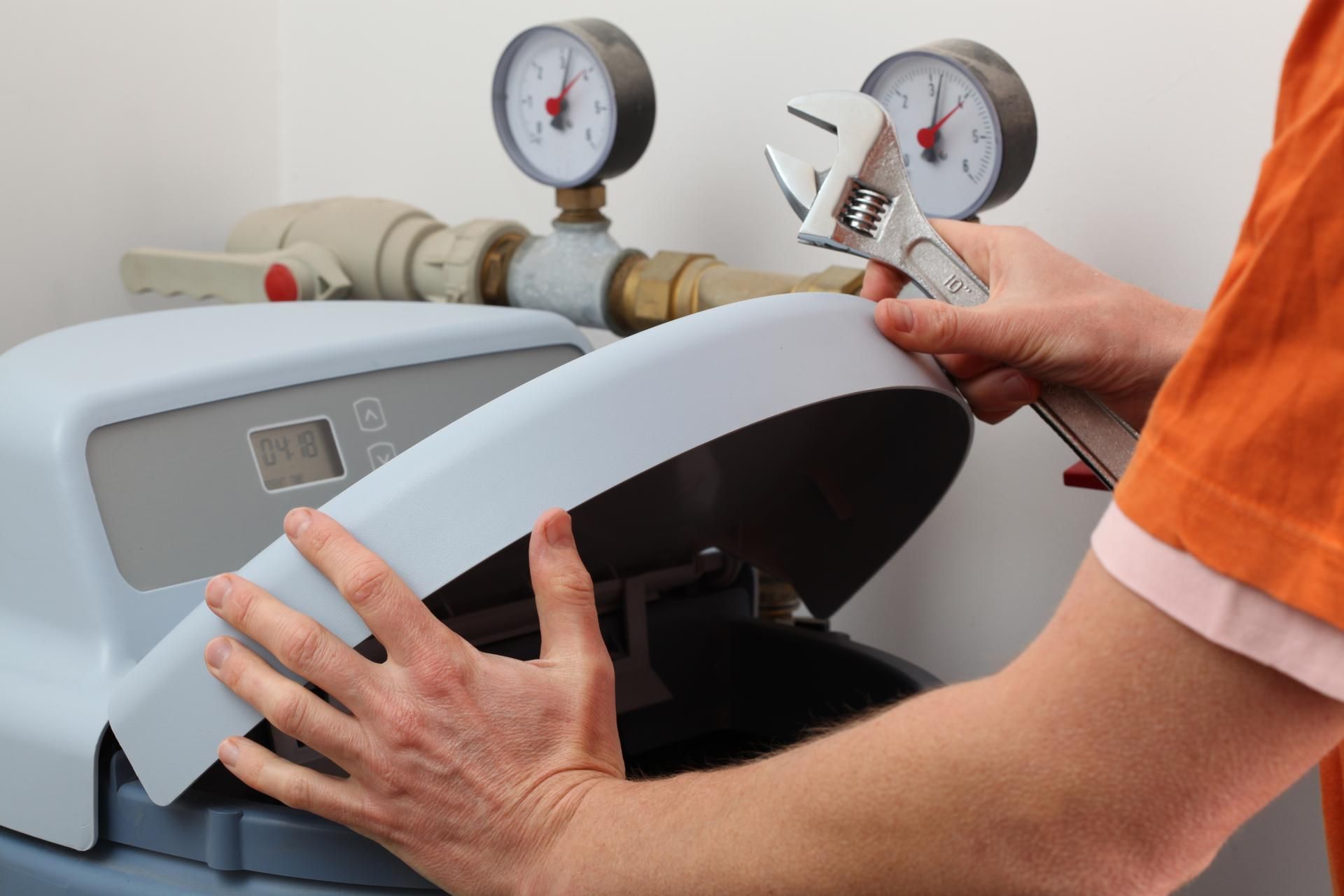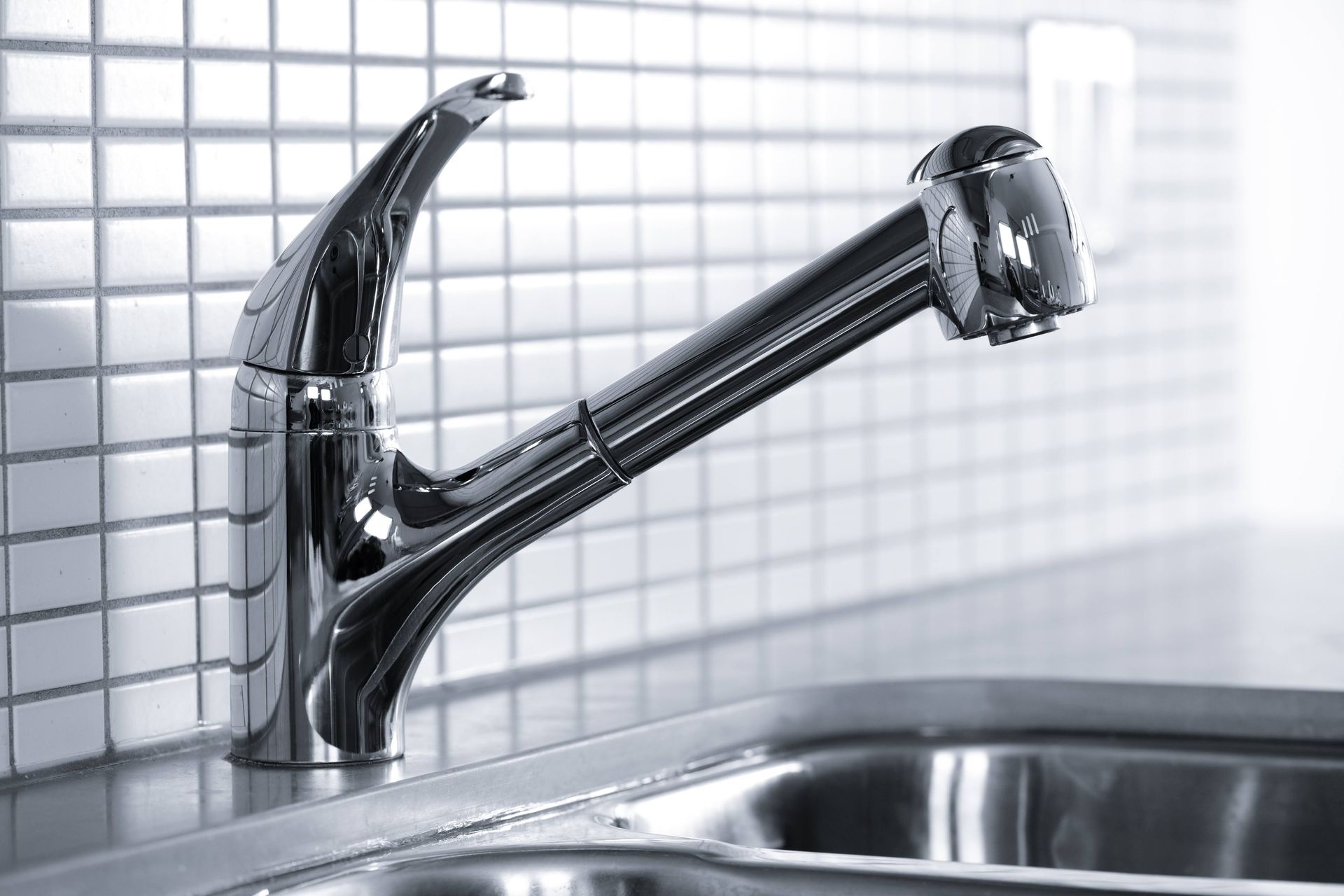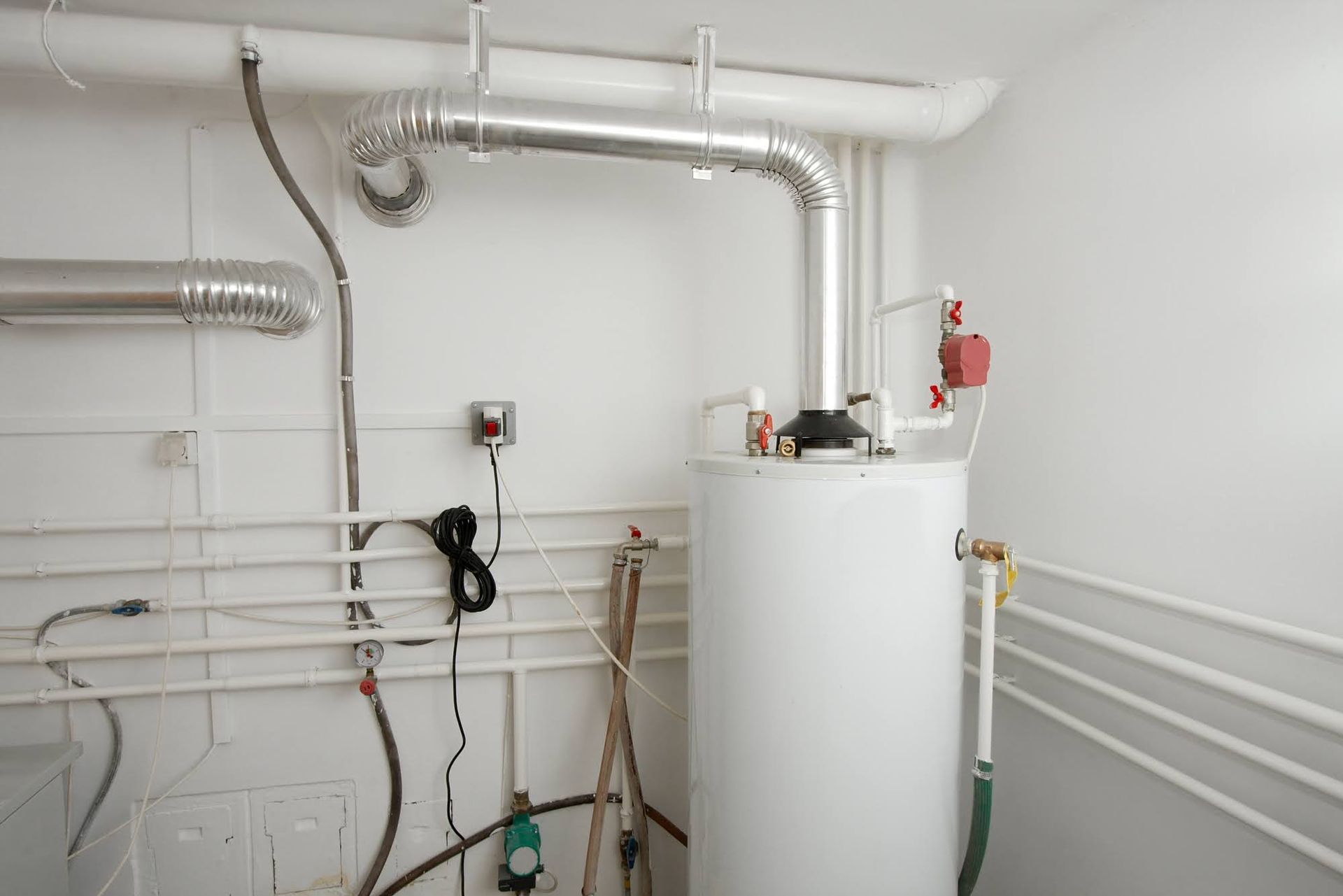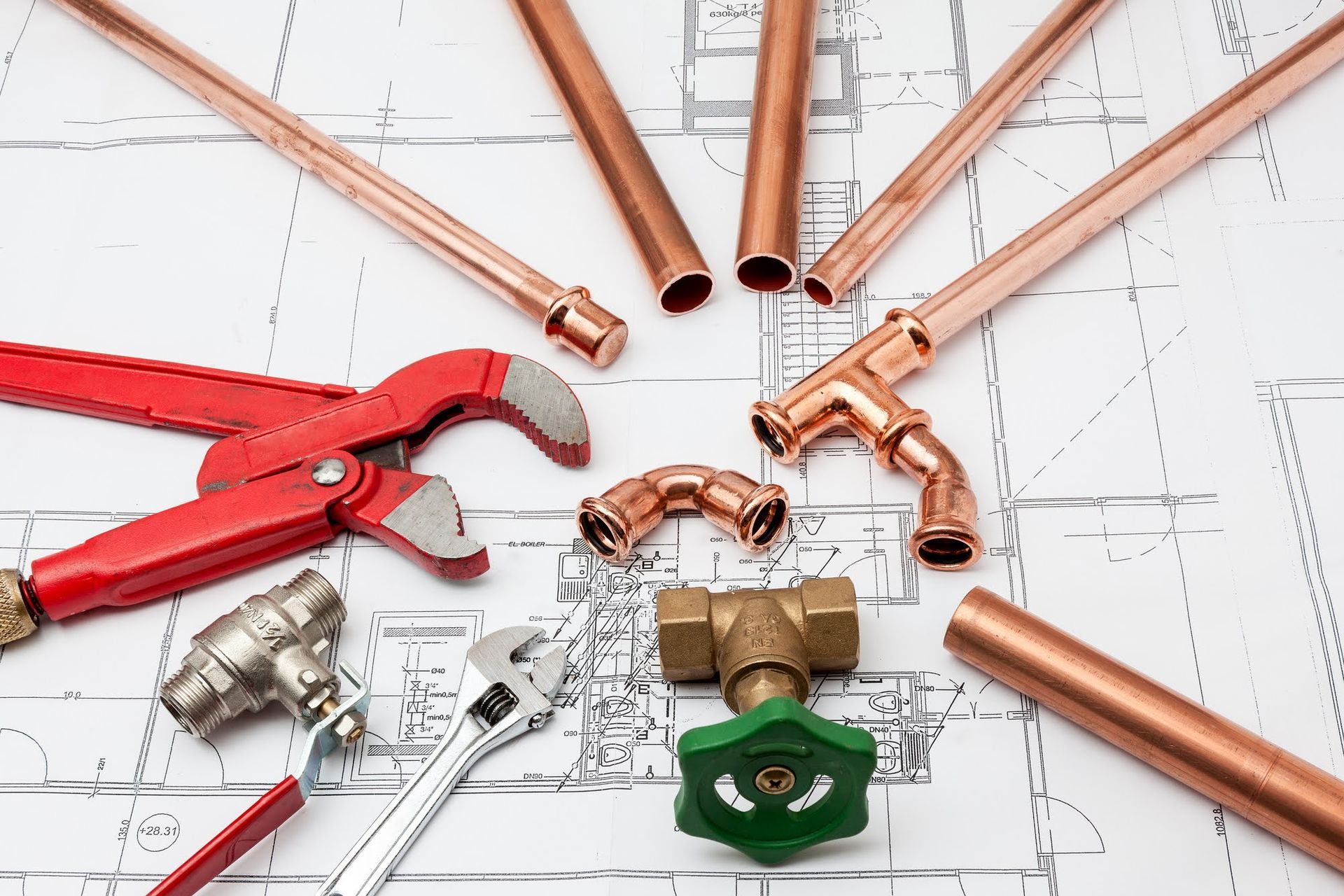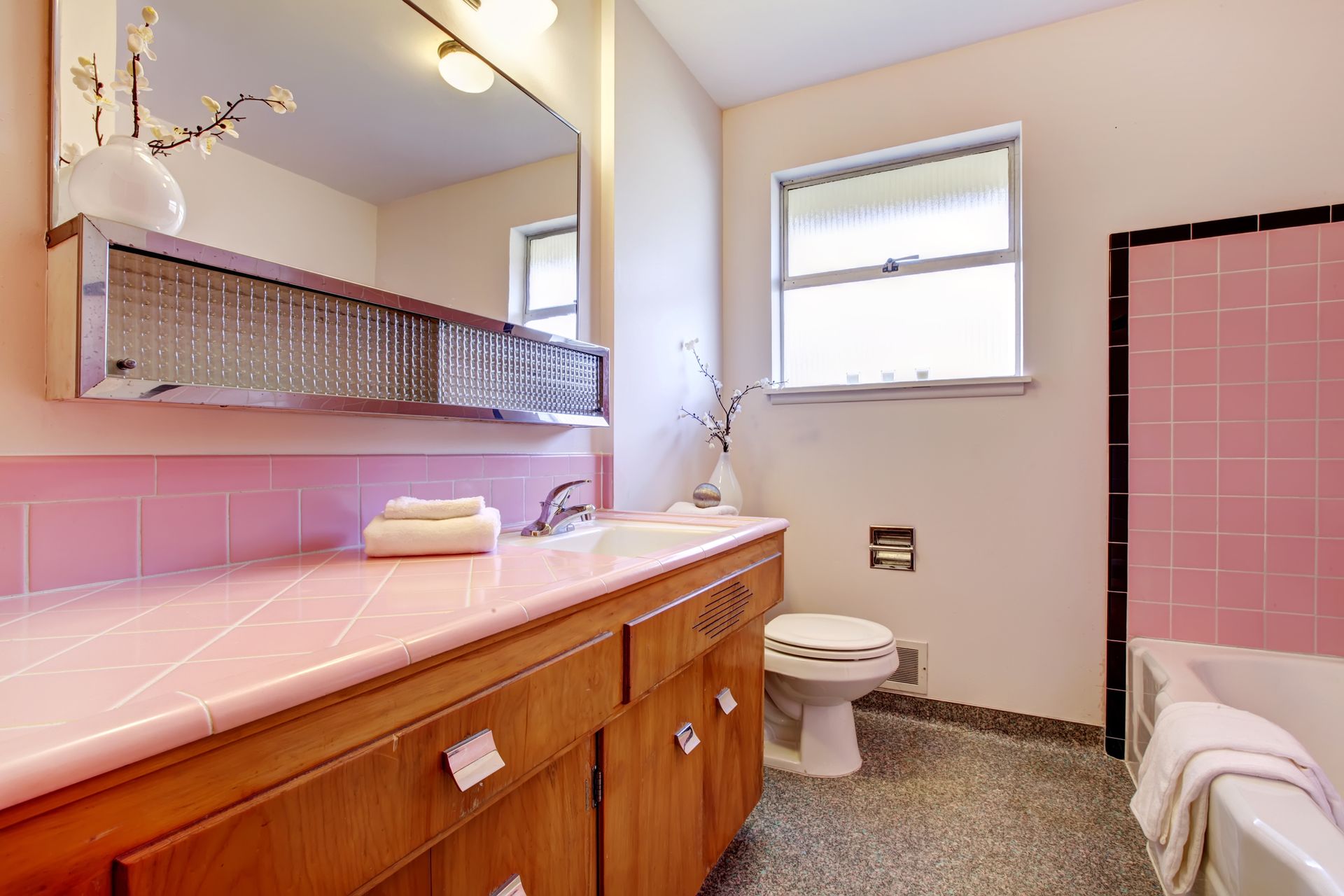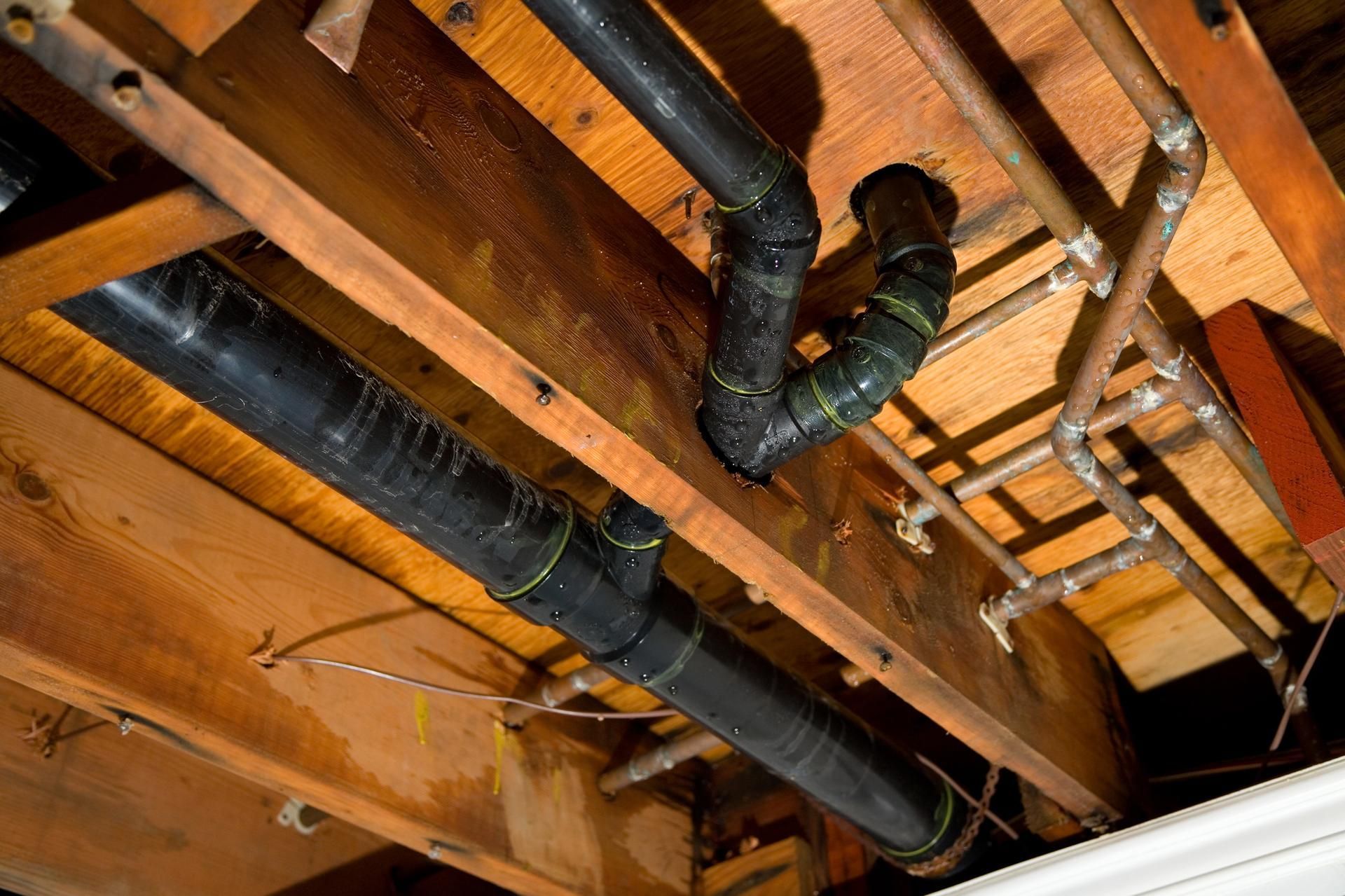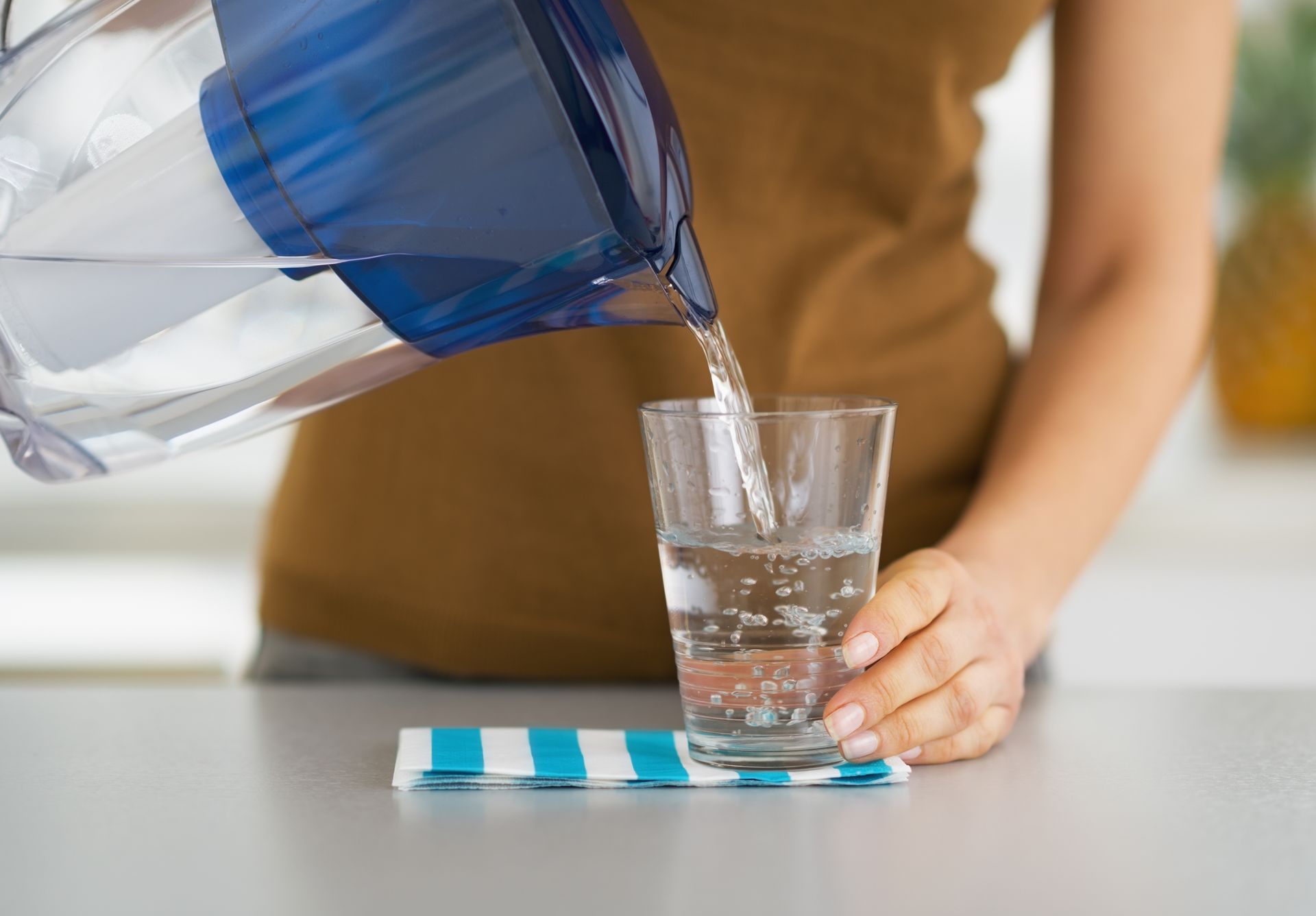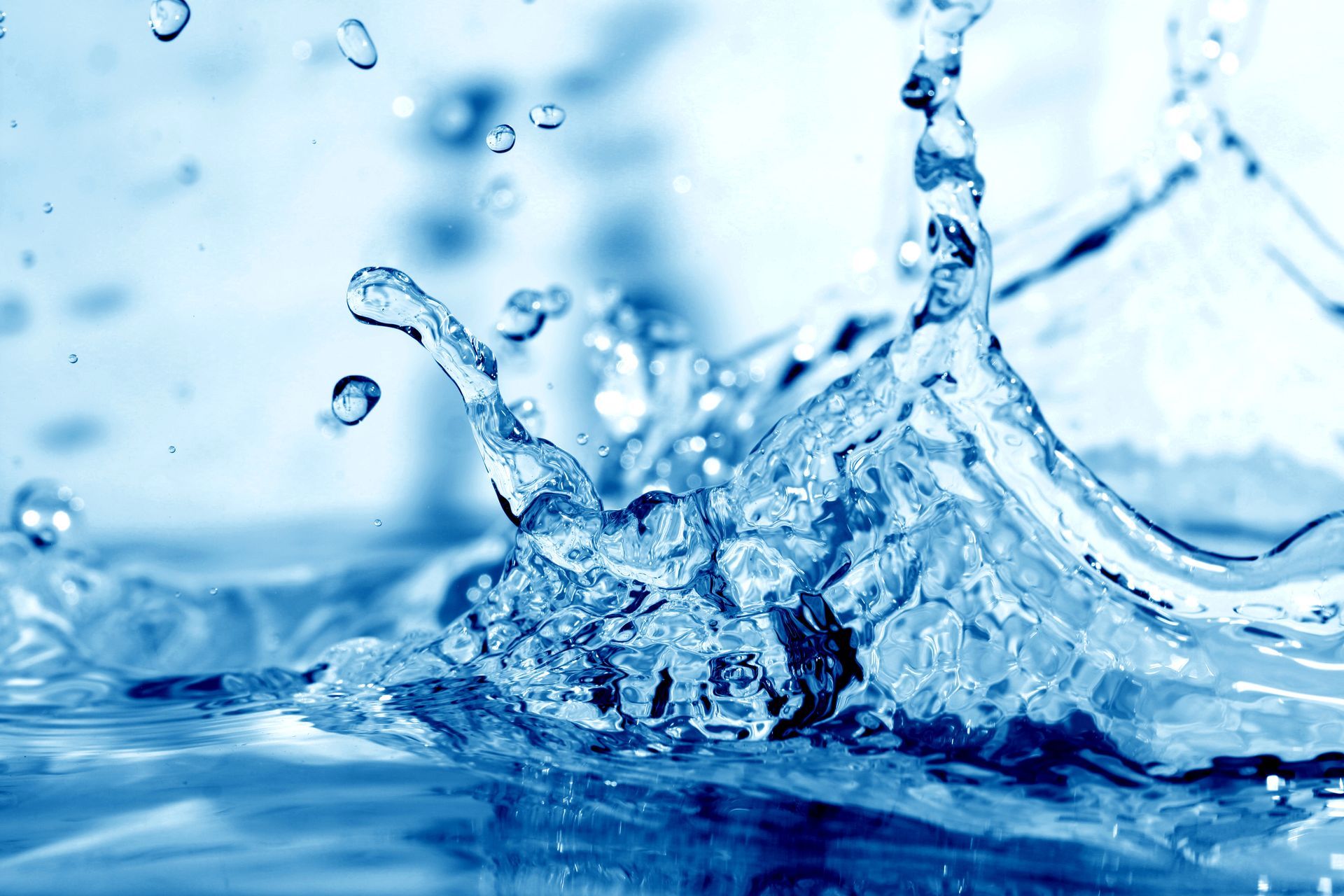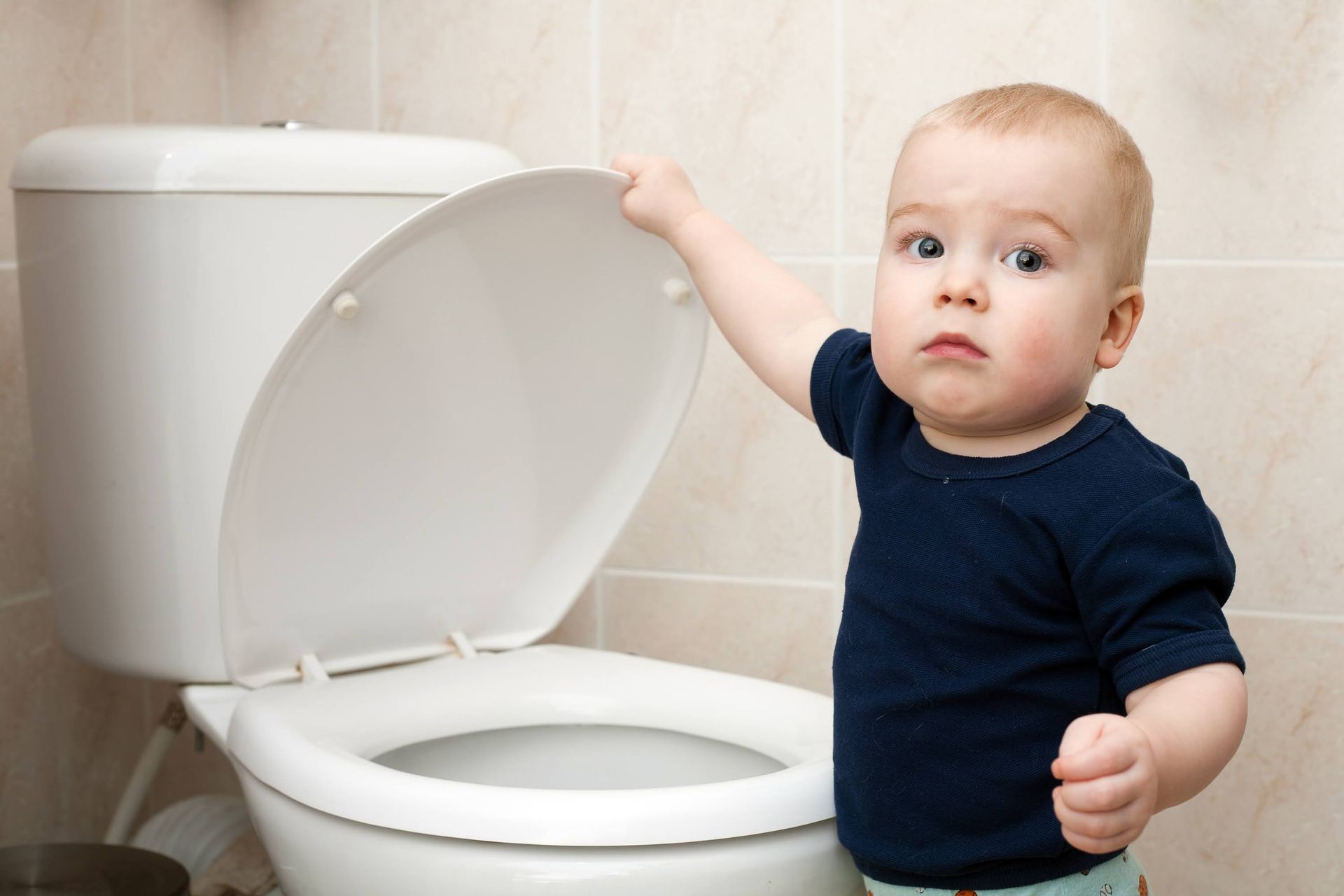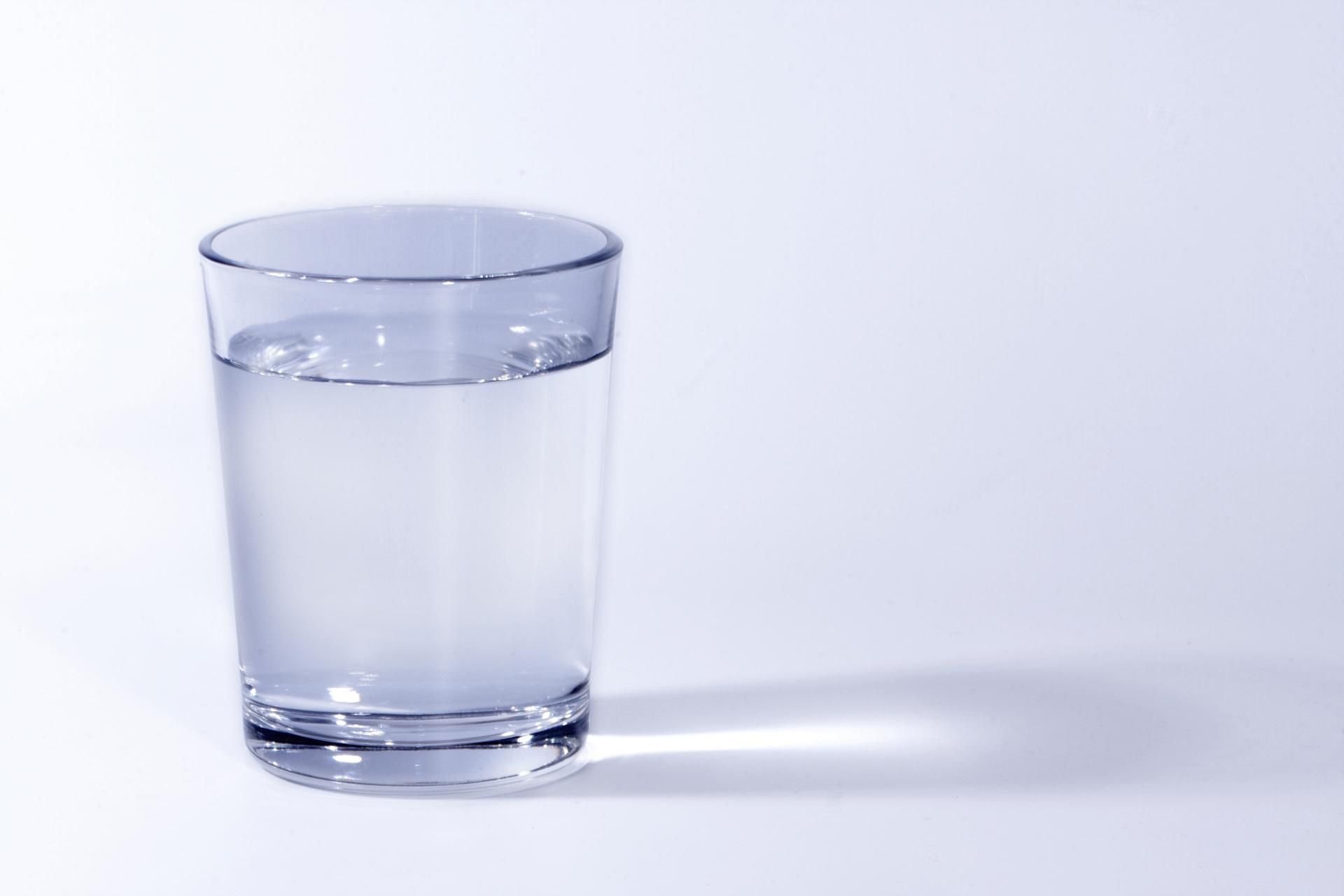4 Reasons Why Your Toilet Keeps Clogging
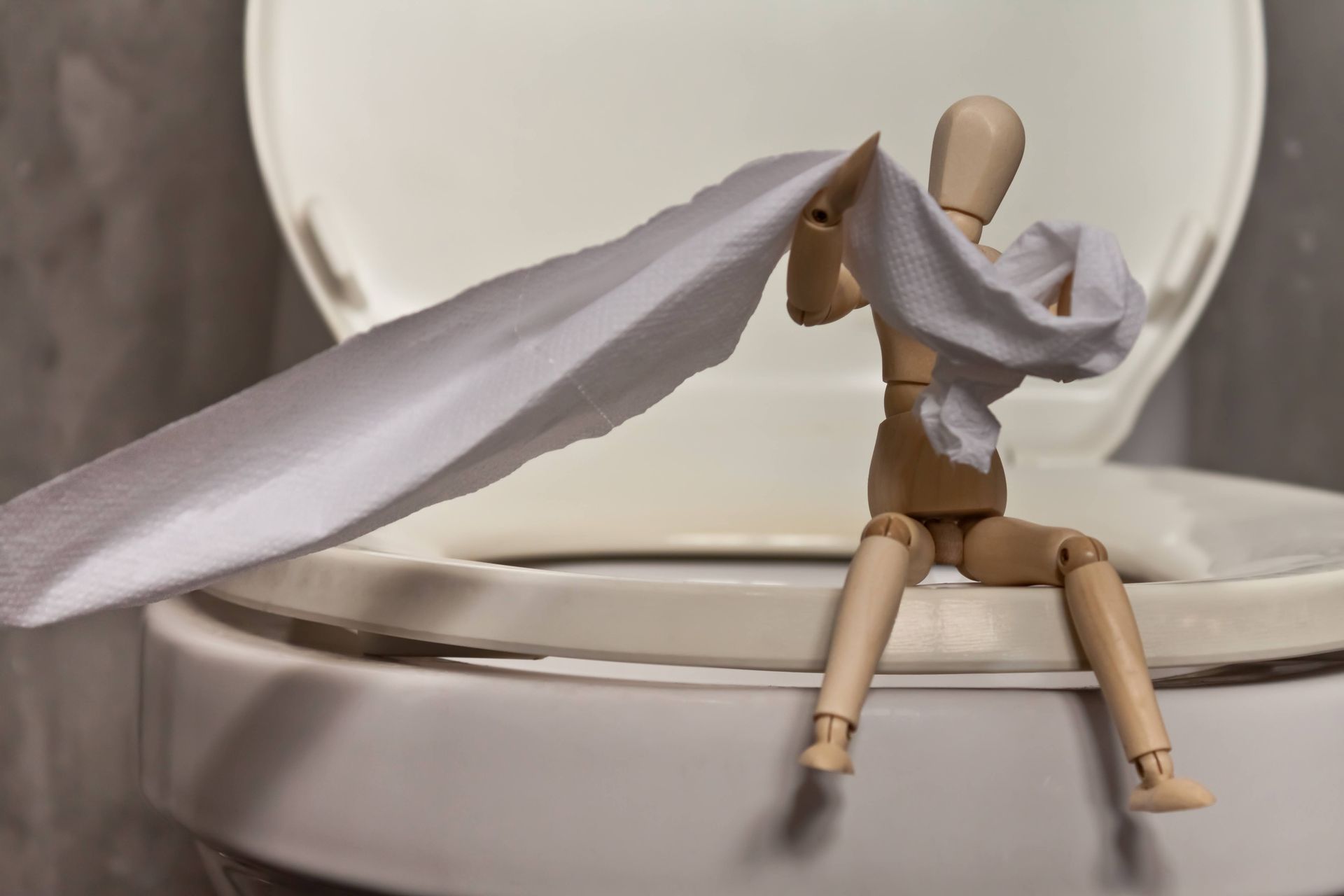
There are not too many things more frustrating in the bathroom than flushing the toilet and seeing the water backing up in the bowl. This response is usually a clear indication that your toilet is clogged.
You may be able to clear an occasional clog using your plunger or drain snake However, if it happens repeatedly you need to discover the source of the clog and make the necessary repairs. Here are a few of the most common culprits and some easy fixes.
1. Flushing Non-Flushables
One of the leading causes of your toilet clogging comes from people flushing the wrong things down your toilet. You should only flush human waste and small amounts of toilet paper. Unfortunately, people flush a wide variety of other items, including the following:
- Feminine hygiene products
- Wet wipes
- Dental floss
- Cotton balls or pads
- Paper towels
- Cat litter
- Condoms
- Cooking grease
- Food
- The family fish
You even need to avoid flushing "flushable wipes." Although manufacturers market them as septic-safe, they do not break down as well as toilet tissue. Even some types of toilet paper can cause repeated clogs. Some of the better higher ply counts may be ok if you are on city water and sewer but may not be septic safe. These do not always dissolve well and can clump up in your pipes and septic tank.
2. Using Excessive Toilet Tissue
No matter which toilet tissue you choose for your home, too much of it will cause repeated toilet clogs. A few squares will suffice for the designed purpose. When a person uses too much paper, it does not dissolve quickly enough to pass through your toilet and sewer lines. The excessive tissue then traps the human waste causing your toilet to back up.
Educate your family on how much toilet paper they should be using. This education is essential for younger children who love tearing off and tossing toilet tissue into the bowl. Most people feel that 5 to 8 squares are enough, although some jobs may require a little less or a little more.
3. Failing Flappers
When you flush your toilet, the flapper in your tank lifts allowing water to flow into your toilet bowl. If your flapper does not lift enough, it will not release enough water to push the waste and paper through your system. To discover if this is your problem, lift off the back of your tank and watch what happens when you flush. Does it lift all the way and release all the water?
Fortunately, fixing a failing flapper is an easy job that most people can perform. Most big box stores sell flapper kits that are easy to install. Just make sure you buy the right one.
4. Having Older Low Flow Toilets
If your home has older toilets, there is a possibility that they are some of the original low-flow toilets that manufacturers designed to meet the government mandates issued in 1994. Unfortunately, the design of these older toilets is frustrating due to needing more flush pressure to push waste through the drain.
Although the above steps of reducing the amount of tissue used and not flushing flushable will help alleviate some clogs, they will not completely resolve your problems. The best way to handle this problem is to upgrade your older toilets with the new low-flow models on the market. The newer models will help you conserve water and produce the flush pressure you need to carry out the job.
Replacing your toilets is best done by a plumbing professional. If you live in Tempe, Chandler, Gilbert, Mesa, Queen Creek, San Tan Valley, Apache Junction, Scottsdale, Phoenix, and Sun Lakes area, Streamline Plumbing AZ can help you do this. We can also help you discover other reasons behind repeated clogs and resolve your problems. Give us a call today, and let us help get you clog-free.
